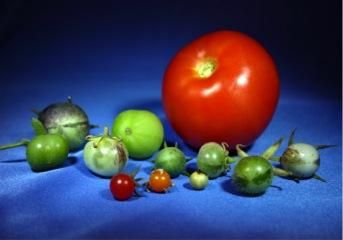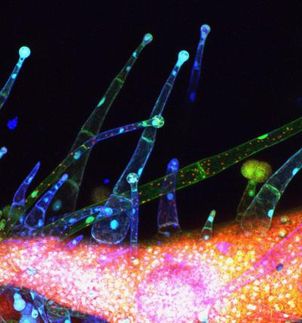New sequencing reveals genetic history of tomatoes
Advertisement
An international team of researchers, led by the Chinese Academy of Agricultural Sciences in Beijing, published in the journal Nature Genetics a brief genomic history of tomato breeding, based on sequencing of 360 varieties of the tomato plant.

The sequencing of 360 varieties of wild and domestic tomatoes has yielded insights into domestication and pest resistance.
Roger Chetelat, UC Davis
The C.M. Rick Tomato Genetics Resource Center at UC Davis played an important role in this study by providing seed of both cultivated tomato varieties and related wild species.
This study, which builds on the first tomato genome sequence completed just two years ago, shows in great detail how the processes of early domestication and modern breeding influenced the genetic makeup of cultivated tomatoes. (UC Davis researchers also lead an effort to sequence the genome of a wild relative of the cultivated tomato.)
Analysis of the genome sequences of these 360 varieties and wild strains shows which regions of the genome were under selection during domestication and breeding. The study identified two independent sets of genes responsible for making the fruit of modern commercial tomatoes 100 times larger than their wild ancestors.
An important finding is that specific regions of the tomato genome were unintentionally depleted in genetic variation: for example, in DNA around genes conferring larger fruit size or genes for resistance to diseases afflicting tomato plants.
These stretches of genetic uniformity illustrate the need to increase overall genetic diversity in modern varieties and highlight the important role that the Rick Tomato Genetics Resource Center and similar collections play in housing much of the genetic variability that will be critical for future breeding and research on tomato.
















































